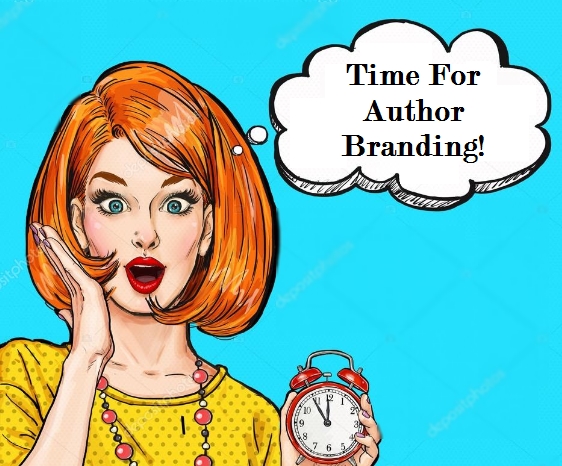Congratulations! Now that you are a published author, you have something in common with Coca Cola, Nike, and even J.K. Rowling: you are a public entity. And because you are an author with readers and followers and a desire to sell books, this means you should also be a brand. In a publishing climate that puts out four million new titles a year, your author brand is the one thing you can use to reliably separate you from the herd. Creating a terrific, recognizable, and compelling brand doesn’t have to be a huge and terrifying undertaking. You can establish and maintain an indie author brand that helps you sell books by making some smart improvements. Then all you need to do is simply maintain them as part of your current author marketing plan.
1. Know your buyer market
You can’t just wake up one day and develop a brand on gut feeling alone. Your indie author brand needs to be driven by what attracts your target buyer market. Take a hint from your favorite crime shows and profile your reader. Think about what draws them to your genre. Then put their needs before your love of a particular color or “look.” It’s always best to start with your audience because keeping them in focus will also guide your other choices.
2. Define your unique selling point (USP)
How are you different from your competition? You can’t just say, “My stories are better.” Because to be honest, as an indie author, you still have a lot to prove, whether that’s fair or not. So simply saying you’re better isn’t good enough to sell books. What makes you better? If you need some inspiration check out your reviews! Maybe a lot of readers comment on your character development. Or maybe you really excel at unexpected plot twists. If you write non-fiction maybe your reviews consistently state that your methods really do work – believe it or not that’s a USP in today’s market!
3. Establish clear expectations
Your brand should communicate your genre, the type of writing you do, the type of writing schedule you stick to, and anything else your readers can and should expect from you. Remember, branding isn’t just images, it’s also content and slogans, tag lines and promises. As an indie author you have a lot of creative flexibility, but don’t use that as an excuse to be unstructured. For example, fans want to keep reading your books. So don’t mess around with deadlines, keep the books coming, and make your consistency a part of your brand. Expectations breed trust, and trust breeds long-term return buyers.
4. Define your indie author look
This is the fun part! But I’ll reiterate, this can’t just be about using your favorite color or themes. There are definitely expected “looks” for particular genres. And while you want to stand out, you don’t want to be so unique that you lose people.
Instant psychological connections are priceless and can turn a shopper into a buyer. If you’re an indie author who writes thrillers, your website shouldn’t have images of tulip fields or a big picture of your face plastered on the home page. You need to set the mood. If you need some inspiration, check out some bestselling indie authors who really excel in your genre. I bet you money you’ll see consistent themes used in unique ways.
5. Be consistent across the board
Consistency is key! Since your website is your home base, focus on establishing your indie author brand and your look there through content and imagery that is known to appeal to your genre and buyer market. Once your website is good to go, let that flow out into your social media. Make sure your banner images compliment your website look. The filters and treatments you put on any social media images should also do their part.
You’ll also want your brand represented on any swag or collateral you create. Collateral is a broad term for any physical marketing pieces you use to represent your indie author brand, so flyers, business cards, posters for events, anything else you use to sell books.
So let’s review.
Creating your brand is going to take some research into your readers and your genre and some brainstorming on your own unique selling points – all worthwhile activities not only for your brand, but also for your next book! Once you’ve gathered that information, you pull out the bits and pieces that will allow you to create a persona and a look that readers will love – and that you’ll love, too, not only because you’ve created it, but also because an established brand gives you a professional rockstar feeling! I can tell you from personal experience that a successful brand gives you a confidence that positively affects the way you engage with fans and potential buyers, how you handle yourself on podcast interviews, and the way you approach book marketing.
The benefits are really amazing. Enjoy the work!
***
Penny Sansevieri, CEO and founder of Author Marketing Experts, Inc. (AME) and Adjunct Professor at NYU, is a best-selling author and internationally recognized book marketing and media relations expert. Her company is one of the leaders in the publishing industry and has developed some of the most cutting-edge book marketing campaigns. To learn more about Penny and AME, visit www.amarketingexpert.com.
